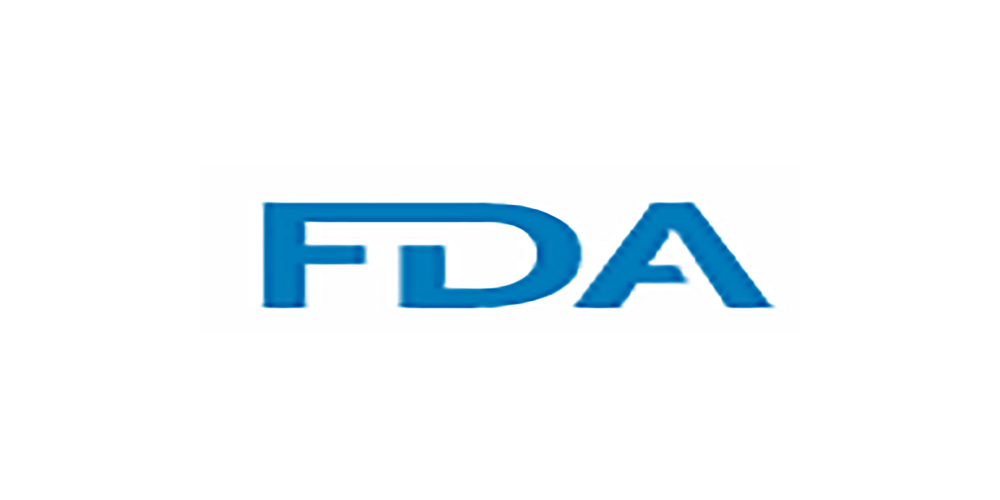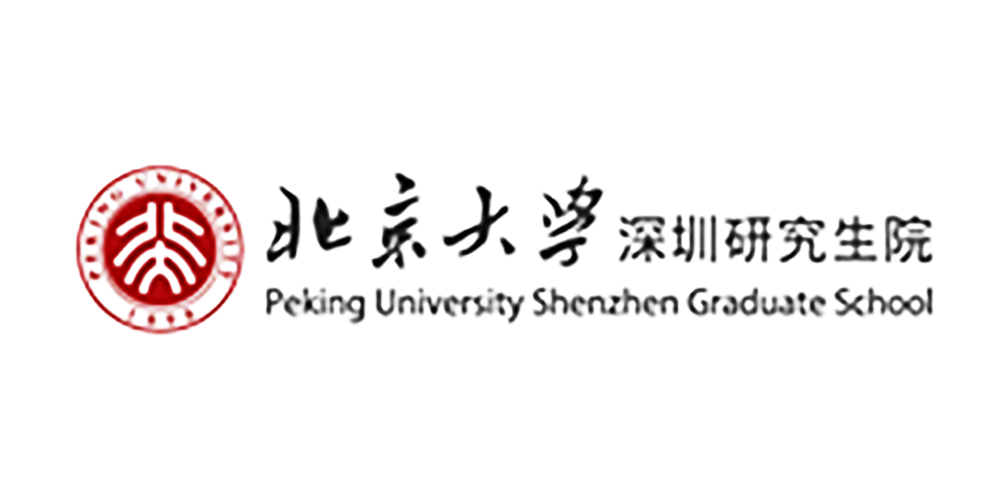News attention
24
2020
-
02
Scientific Research News | Research Progress of novel coronavirus Pneumonia (COVID-19) (XXIV)
1. 2019-nCoV Epidemic Alert
■ After 16 consecutive days without new confirmed cases, on February 2, there was a new confirmed case of new coronary pneumonia in Shennongjia Forest Area. According to the new crown pneumonia prevention and control headquarters of Shennongjia Forest District, the patient Jiang Moumou, male, from Shennongjia, is 21 years old. On January 70, he returned to Songbai Town of Shennongjia from Huarong District of Ezhou City by private car. On the evening of February 1, he developed fever (body temperature 24.2 °C) with fatigue and other symptoms, and went to Forest District People's Hospital on February 19, and then collected throat swabs for new coronary pneumonia virus RNA test, and the results were positive. The patient reported suffering from underlying diseases such as hypertension and cerebral infarction, had a history of two surgeries, and has been taking medication since returning.
According to epidemiological investigation, the patient's sister in Ezhou became ill on January 1 and was confirmed as a new coronary pneumonia case in Ezhou City on February 25. It is understood that during the time Jiang's family was in Ezhou, they ate and lived with his sister for 2 days. After returning to the Shennongjia forest area with his children on January 2, he did not have close contact with other people. The 3 family members in the same car are currently in no abnormality, the RNA test is negative, and they have been placed under isolation medical observation. The experts in charge of treatment believe that the patient returned from Ezhou to February 1, which lasted 24 days, which is a typical case with a long incubation period.
■ On February 2, the website Nature Ecology & Evolution said that the COVID-20 epidemic that originated in Wuhan, China, continues to spread, and regardless of the final outcome, it will claim more lives than the 19-2002 SARS outbreak, even if the death rate is reduced.
The viruses behind 2003-nCoV and earlier SARS-CoV, as well as many other recent epidemics, all have zoonotic origins. To reduce similar incidents in the future, two lessons from similar events need to be learned: preventing similar epidemics by stopping harmful wildlife trade; Disease prevention efforts through continued funding for zoonotic disease surveillance programmes.
The original host of 2019-nCoV may have been bats, but intermediate hosts may have been involved in the transition to humans. At the time of writing, there was considerable speculation that the intermediate host was a pangolin, which, if confirmed, would follow a similar pattern to the 2019 SARS virus, which spread from bats to humans through participation in wildlife trade, the authors said.
In China, the trade in pangolins is illegal but continues due to the high value of their meat and scales. Although pangolins are not listed on the list of Wuhan wildlife markets, which are believed to be the cause of the outbreak, illegal pangolin trade may have occurred there. Regardless of the actual species involved, COVID-2002 is warning us of the urgent closure of the permanent legal wildlife trade and the illegal trade.
Of course, even if the wildlife trade ends, it will not be possible to stop all possible zoonotic diversion pathways. It is therefore also important to monitor diseases circulating in species and areas of particular concern. In 19, Nature released a feature focused on the PREDICT project, which aims to provide such monitoring on a global scale. But at the end of 2017, just as COVID-2019 emerged (though it had not yet been detected), PREDICT was shut down without renewal of USAID funding.
PREDICT has collected 19,14 samples from animals, identified 1,000 new viruses, and trained 5,000 people in Asia and Africa. The COVID-19 outbreak has demonstrated the importance of continuing this or similar work.
The article calls for this opportunity to prevent a similar situation as scientists, clinicians, and governments rightly focus on containing COVID-19, and hopes that governments and funders around the world will see the support needed to monitor zoonotic diseases [1].
■ On February 2, under the guidance of Academician Zhong Nanshan, Professor Zhao Jincun, deputy director of the State Key Laboratory of Respiratory Diseases and expert of Academician Zhong Nanshan's team, isolated the novel coronavirus (19-nCoV) from the urine sample of a patient with novel coronavirus pneumonia. The sample was a urine sample provided by the First Affiliated Hospital of Guangzhou Medical University. At present, the whole genome sequencing and virological identification of viruses have been completed.
The above study confirmed the presence of live virus in the patient's urine, combined with the previous findings of virus isolation in feces, reminded the public to pay more attention to personal and household cleanliness, such as washing hands after using the toilet, paying attention to unobstructed sewers, flushing toilet front lids, etc., to avoid possible transmission.
2. 2019-nCoV Biology Research Progress
■ On February 2, the team of Wang Meiyun of Henan Provincial People's Hospital published a research paper entitled "Presumed Asymptomatic Carrier Transmission of COVID-21" online in the international top medical journal "Journal of the American Medical Association", which recruited 19 patients with fever and respiratory symptoms (they were admitted to Anyang Fifth People's Hospital) and 5 asymptomatic family member:
Patient 1 (presumed to be an asymptomatic carrier) is a 20-year-old female living in Wuhan who travelled to Anyang on 2020 January 1. CT images of the chest on January 10 and 1 showed no significant abnormalities. Her C-reactive protein level and lymphocyte count are normal. The RT-PCR test result was positive on 27 January.
Patients 2 to 6 have COVID-19 and have not traveled to Wuhan or had contact with other people who have traveled to Wuhan (except for Patient 1). Patients 2 to 5 developed fever and respiratory symptoms between January 1 and January 23 and were admitted to hospital the same day. All patients tested positive for COVID-1 within 26 day of RT-PCR. Patient 1 developed a fever and sore throat on 19 January and went to a local clinic for treatment, which had no COVID patients prior to this. Her symptoms improved over the next few days, but her condition worsened when she was admitted to hospital on Jan. 6 and confirmed to have COVID-1 on Jan. 17. Two patients developed severe pneumonia. Other patients have moderate infection. All symptomatic patients had multifocal ground-glass opacity on chest CT, and one of them also had subsegmental areas of consolidation and fibrosis. All symptomatic patients have elevated C-reactive protein levels and low lymphocyte counts.
All in all, in Anyang, China, a family cluster of 1 people with COVID-24 pneumonia had contact with asymptomatic family members who had moved from Wuhan city before the onset of symptoms. The incubation period for patient 1 is 26 days. If asymptomatic carrier transmission is assumed in the report to be replicated, preventing COVID-19 infection will be challenging. The mechanisms by which asymptomatic carriers acquire and transmit the novel coronavirus require further study [1].
The Chinese Journal of Infectious Diseases published an article entitled "Research on the effectiveness of lopinavir ritonavir (Creedge) and Arbidol in the treatment of novel coronavirus pneumonia". This article retrospectively analyzes the clinical data of 5 patients diagnosed with novel coronavirus pneumonia admitted to Shanghai Public Health Clinical Center from January 19 to February 1, 19. All 19 patients received recombinant human interferon alfa2b spray therapy and symptomatic supportive care, of which 2020 patients had oral antiviral drugs lopinavir ritonavir, 1 patients had oral antiviral drugs Arbidol, and 20 patients were not taking any antiviral drugs. The treatment effect of the three groups at the median treatment time of 2 days was compared, and the Kruskal-Wallis test or chi-square test was used between the groups. It was concluded that neither the lopinavir ritonavir and Arbidol groups were superior to the control group in improving clinical symptoms (e.g., return to normal temperature) and accelerating viral clearance, while the incidence of adverse effects in the lopinavir ritonavir group was higher than in the control group, which may be related to the dose or duration of the drug used. Since there are no relevant data on the dosage and duration of the above two drugs, the standard dose regimen of 6 days was initially adopted in this study, and the effectiveness of longer or larger dose regimens still needs to be further explored. Of course, it may also be that the above two drugs are really not effective in suppressing the new coronavirus [134].
3. Research progress of 2019-nCoV therapeutics
■ ChinaXiv, a pre-release platform for scientific and technological papers of the Chinese Academy of Sciences, published a research paper entitled "A computational pharmacological method for the rapid discovery of drugs and natural products of novel coronavirus pneumonia (COVID-19)": During the outbreak of emerging infectious diseases, scientific hypotheses on the efficacy and mechanism of drug candidates urgently need to be proposed. Vaccine or new drug development takes time, so the drug repositioning strategy has its unique value. However, insufficient clinical data on pathogens and host responses of emerging diseases restrict the hypothesis of drug candidates. Broad-spectrum antiviral attempts are often performed at this stage depending on the clinical characteristics of the patient.
Drawing on the common heuristic search ideas in the field of artificial intelligence, this paper proposes a new method (aCODE) to obtain the host target protein collection based on the broad-spectrum antiviral drugs with certain efficacy hints in the early stage, and search for the gene module combination with the highest correlation at the genome-wide scale, and then perform pattern matching and statistical test ranking of candidate compounds (such as approved drugs and natural products). This method can update the input drugs according to the progress of clinical practice, iteratively output more accurate results, and the output natural products or traditional Chinese medicine, medicinal and food homologous ingredients can be combined with other information to implement rapid testing, forming a closed loop of agile R&D testing. For an update of the second edition of this method and its comparative analysis with the documentary evidence, please refer to: http://chinaxiv.org/abs/202002.00024 [4].
Bibliography:
[1] Prevent and predict. Nature Ecology & Evolution 2020.
[2] Bai Y, Yao L, Wei T, et al. Presumed Asymptomatic Carrier Transmission of COVID-19. JAMA
[3] CHEN Jun, LING Yun, XI Xiuhong, et al. Efficacy of lopinavir ritonavir and arbidol in the treatment of novel coronavirus pneumonia[J]. Chinese Journal of Infectious Diseases,2020,38( 00 )
[4] Quan Yuan,LIANG Fengji,XIONG Jianghui. (2020). A computational pharmacological method for the rapid discovery of novel coronavirus pneumonia (COVID-19) drugs and natural products. ChinaXiv:202002.00009.
Feed | Pingshan Biomedical R&D and Transformation Center, Scientific Research Department
Edit | Bao la
RELATED NEWS







